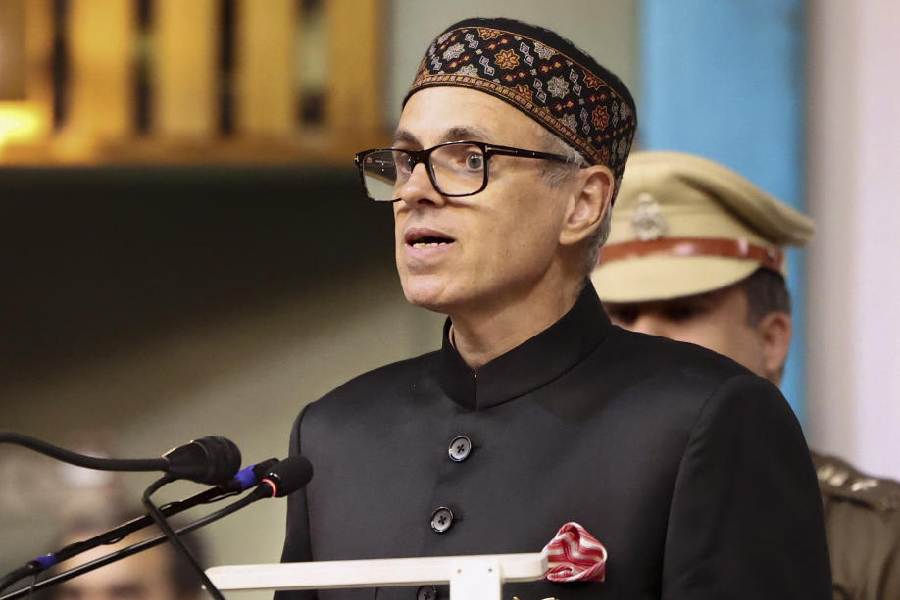|
|
TÊTE-À-TÊTE: The lives and loves of Simone de Beauvoir & Jean-Paul Sartre By Hazel Rowley,
Chatto& Windus, £13
When Simone de Beauvoir fell in love with Jean-Paul Sartre in 1929, she believed that she had found herself in him. “Oh Jean-Paul, dear Jean-Paul, thank you,” gushed the 21-year-old Beauvoir in her journal. It is a tribute to the enduring strength of her love that she could say much the same when Sartre died in 1980, leaving behind, among other things, the legend of the 51 years of his famous “open” relationship with Beauvoir. Her devotion is as admirable as it is baffling, coming as it does from the author of The Second Sex, a book in which Beauvoir strongly argued the need for women to forge their own destiny, beyond the limited number of roles society offered them. Yet, from the beginning of her relationship with Sartre, it was he who created its terms. Sartre declared that he and Beauvoir were two of a kind and their “essential” relationship would last for life. But this should not deter them from having “contingent” affairs, since, for Sartre, love was not synonymous with possessiveness.
To prevent themselves from being eaten up by the jealousy that would be the inevitable fall-out of such “contingent” relationships, Sartre proposed the cure of “transparency”. He and Beauvoir would share all their affairs and literary projects, and, in that way, they would never feel excluded from each other’s lives. It is doubtful whether the cure was effective, but it certainly created volumes of work in the couple’s analyses, explanations and philosophical reflections on the consequences of the ménage they created. It seems incredible that Sartre could produce the sizeable quantity of writing he delivered, given the amount of time that he had to devote to his many women, counselling them, writing plays for them to act in, supporting them financially and lying to each about the status of the other. Apart from having affairs of her own, Beauvoir managed the comings and goings of Sartre’s women, consoled them during their bouts of jealousy, vented her feelings in her journals and writings, and discussed every detail with Sartre.
Hazel Rowley quotes Claude Lanzmann — a lover of Beauvoir, who also wrote for the journal, Les Temps modernes, which the couple edited — commenting on the situation arising out of the tell-everything policy followed by the two. It sounds appallingly prurient, with Sartre or Beauvoir making extravagant protestations of love to his or her current obsession, sometimes in each other’s presence, and then narrating the episodes to one another. It seems that whoever entered the “family” became a pawn in the couple’s existential experiment of finding oneself through endless self-analysis. In that way, the contingent affairs became as essential as the “essential” relationship. The arrangement must have worked well enough for the couple. But most of the less-gifted individuals who became their satellites seemed to have a different view on the matter.
Rowley tries to capture the dynamics of the Sartre-Beauvoir relationship by sifting through their letters, journals, fictional and non-fictional writings. The work might seem superfluous, given the extent to which the couple themselves were voluble on this subject. Perhaps, the value of the book lies in the meticulous connections Rowley establishes between their lives and their works. These correlations reveal the way in which Sartre and Beauvoir attempted to create the myth of their lives in their writings. By incorporating the voice of the others who had been a part of the “family”, Rowley demythologizes the couple’s tale and shows the ‘bad faith’ to which they had also succumbed.











